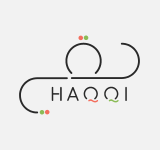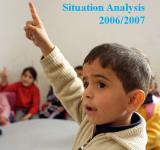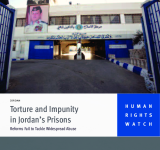The negative impacts of the illicit drug trade touch every society in the world. This year's World Drug Report estimates that 200 million people;; or 5% of the global population age 15-64;; have consumed illicit drugs at least once in the last 12 months. The drug trade is pernicious and large. UNODC estimates its retail value at US$ 321bn. It impacts almost every level of human security from individual health;; to safety and social welfare. Its consequences are especially devastating for countries with limited resources available to fight against it. The World Drug Report 2005 provides one of the most comprehensive overviews of illicit drug trends at the international level. In addition;; this year it presents the work of UNODC in two new areas of research. Both aim to provide tools to enrich our understanding of an immensely complex situation: an estimate of the financial value of the world drug market;; and the preliminary steps towards the creation of an illicit drug index. The analysis of trends;; some going back 10 years or more;; is presented in Volume 1. Detailed statistics are presented in Volume 2. Taken together these volumes provide the most up to date view of today's illicit drug situation.


